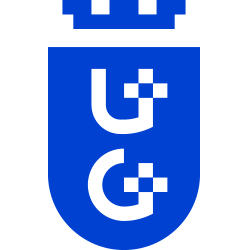
ul. Bażyńskiego 1a 80-952 Gdańsk
Poland
ISNI ID: 0000 0001 2370 4076
GRID ID: grid.8585.0
Marek Reysowski
Gdansk Journal of East Asian Studies, Issue 18, 2020, pp. 47-62
https://doi.org/10.4467/23538724GS.20.034.12871Due to technological advance, in many sectors of the economy products have become very similar to each other. This is particularly true in relation to advanced technology products, which are often based on the same components and similar technology. This makes it difficult for an average consumer to make an assessment as to their quality and possible superiority. In this situation, brand becomes the most important differentiator and brand strategy has gained in critical importance in most technological companies. In order effectively to communicate with consumers, a brand has to focus on differentiating factors which are not common, and which are not being used by the other companies in an industry. Prestige is one of such original and nonobvious factors, defined in the present study as the ability of a brand to evoke feelings of individual uniqueness and social achievement. The aim of this article is to present Polish consumers’ prestige value perception of two Asian technological brands: Huawei and Samsung. These have been selected due to their leading position on the Polish mobile devices market. Analysis is based on empirical research made by means of CAWI interviews conducted with a sample of 1200 Poles. The research comprises two dimensions of prestige values: individual (uniqueness, personality demonstration, luxury) and social (proof of success, ability to impress others, status symbol). The results suggest that Samsung is perceived as a brand of higher prestige than Huawei in both dimensions: social and individual. Huawei is perceived as being fairly good in terms of proving success and of other social aspects, but it lacks the ability to evoke a feeling of individual uniqueness, personality expression, or luxury.
Marek Reysowski
International Business and Global Economy, Volume 33, 2014, pp. 609-622
https://doi.org/10.4467/23539496IB.13.045.2430The main goal of this paper was to identify the strategy of chains of large scale retail outlets selling FMCGand to classify the main strategic groups in this sector in Poland. The first stage of the study was based on secondary sources. In total thirty in-depth interviews with managers representing the sector ofFMCGretailers were the main source of information describing companies operating on this market. Identified strategic groups are generally similar to these classified in countries of Western Europe, but some differences appear. Members of various groups representing clearly defined formats, for example supermarkets, differ sometimes remarkably. The main elements of differentiation are the product range and the sales area.